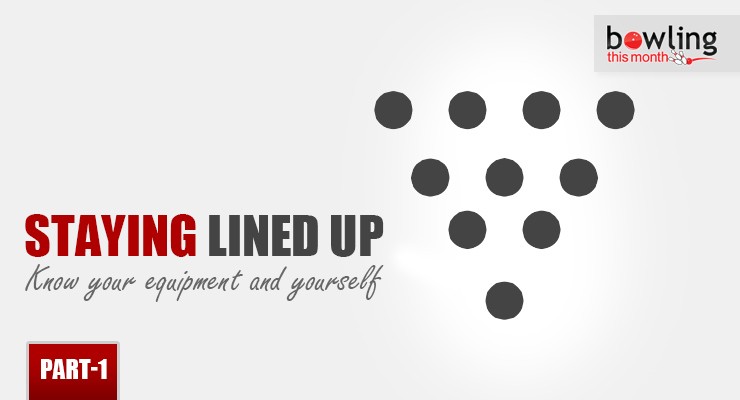Over the next several issues, I wanted to cover a topic near and dear to the hearts of many bowlers: staying lined up. I’ve seen many systems and strategies over the years to help bowlers get lined up before a tournament or league, but very few deal with strategies for how to respond as the oil changes.
In the next few months, I will be going over everything from sport shots to house shots to help you keep your scoring pace as high as possible while the lanes transition. Before we can get into that, we’ll need to cover some items to make sure that you are well prepared. By that I mean, you’ll need to know your equipment and yourself, as well as the decision making process I’ve used and taught to countless bowlers to help them keep up with transition.
Know your equipment
This topic by itself could take the next series of articles, but the idea here is not to be overly technical as far as ball specifications are concerned. I’m going to cover it briefly here and in more detail as I tackle different patterns in later issues.
In my opinion, many bowlers are overly knowledgeable about core numbers like RG and differential and not nearly as aware as they should be about shape and hook on the lane. It’s nice to know that a lower RG ball will generally roll earlier than a higher RG ball but it really shouldn’t be a primary concern. Your concern is getting strikes and spares and knowing how an early rolling ball can help you do that in different situations.
In order to have your best chance of success on a variety of patterns, you will need a variety of balls. You’ll notice that I didn’t say ‘several’ bowling balls. The key word there is variety. Too many bowlers make the mistake of having four balls in their bag that basically do the same thing. I’ve put together a table (see Arsenal Chart), to give you an idea of what kinds of ball reactions you should have based on how many balls you carry with you.
When looking at this chart and seeing which number corresponds to your typical arsenal, ask yourself if you’ve got all the shapes and options you need. Keep in mind that this is a basic chart to cover a wide variety of lane conditions. ...
This article is only available to Bowling This Month subscribers. Click below to get instant access to this article and all of our other premium instructional content.
Subscribe to Bowling This Month
Already a Bowling This Month subscriber? Click here to log in.
